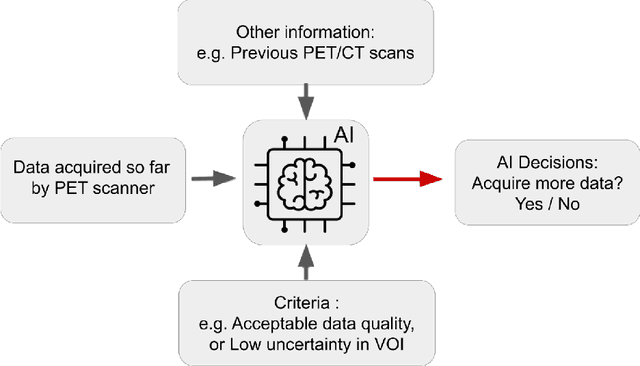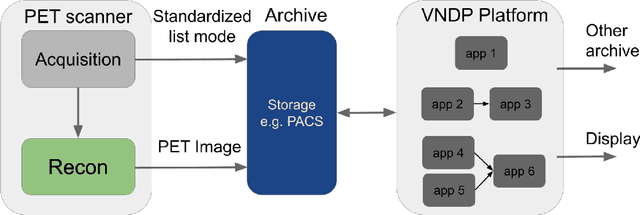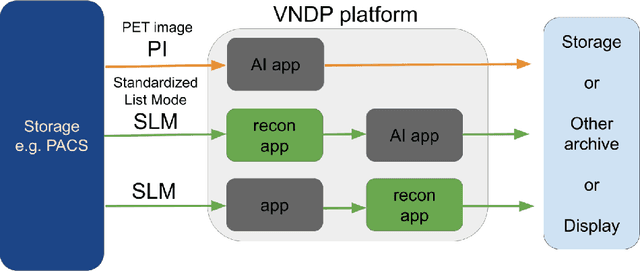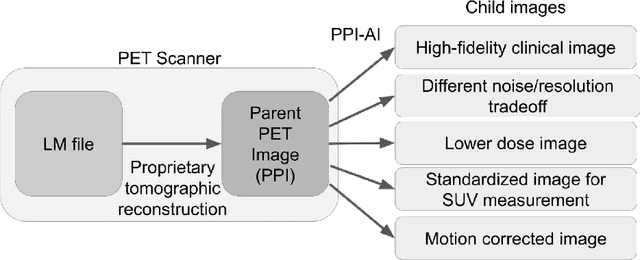Evren Asma
Targeted Gradient Descent: A Novel Method for Convolutional Neural Networks Fine-tuning and Online-learning
Sep 29, 2021



Abstract:A convolutional neural network (ConvNet) is usually trained and then tested using images drawn from the same distribution. To generalize a ConvNet to various tasks often requires a complete training dataset that consists of images drawn from different tasks. In most scenarios, it is nearly impossible to collect every possible representative dataset as a priori. The new data may only become available after the ConvNet is deployed in clinical practice. ConvNet, however, may generate artifacts on out-of-distribution testing samples. In this study, we present Targeted Gradient Descent (TGD), a novel fine-tuning method that can extend a pre-trained network to a new task without revisiting data from the previous task while preserving the knowledge acquired from previous training. To a further extent, the proposed method also enables online learning of patient-specific data. The method is built on the idea of reusing a pre-trained ConvNet's redundant kernels to learn new knowledge. We compare the performance of TGD to several commonly used training approaches on the task of Positron emission tomography (PET) image denoising. Results from clinical images show that TGD generated results on par with training-from-scratch while significantly reducing data preparation and network training time. More importantly, it enables online learning on the testing study to enhance the network's generalization capability in real-world applications.
Artificial Intelligence in PET: an Industry Perspective
Jul 14, 2021



Abstract:Artificial intelligence (AI) has significant potential to positively impact and advance medical imaging, including positron emission tomography (PET) imaging applications. AI has the ability to enhance and optimize all aspects of the PET imaging chain from patient scheduling, patient setup, protocoling, data acquisition, detector signal processing, reconstruction, image processing and interpretation. AI poses industry-specific challenges which will need to be addressed and overcome to maximize the future potentials of AI in PET. This paper provides an overview of these industry-specific challenges for the development, standardization, commercialization, and clinical adoption of AI, and explores the potential enhancements to PET imaging brought on by AI in the near future. In particular, the combination of on-demand image reconstruction, AI, and custom designed data processing workflows may open new possibilities for innovation which would positively impact the industry and ultimately patients.
 Add to Chrome
Add to Chrome Add to Firefox
Add to Firefox Add to Edge
Add to Edge